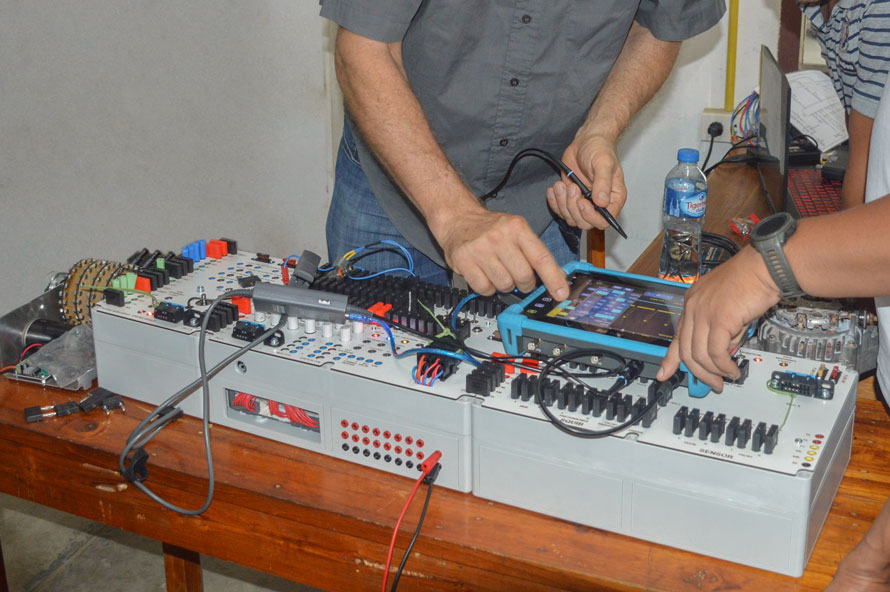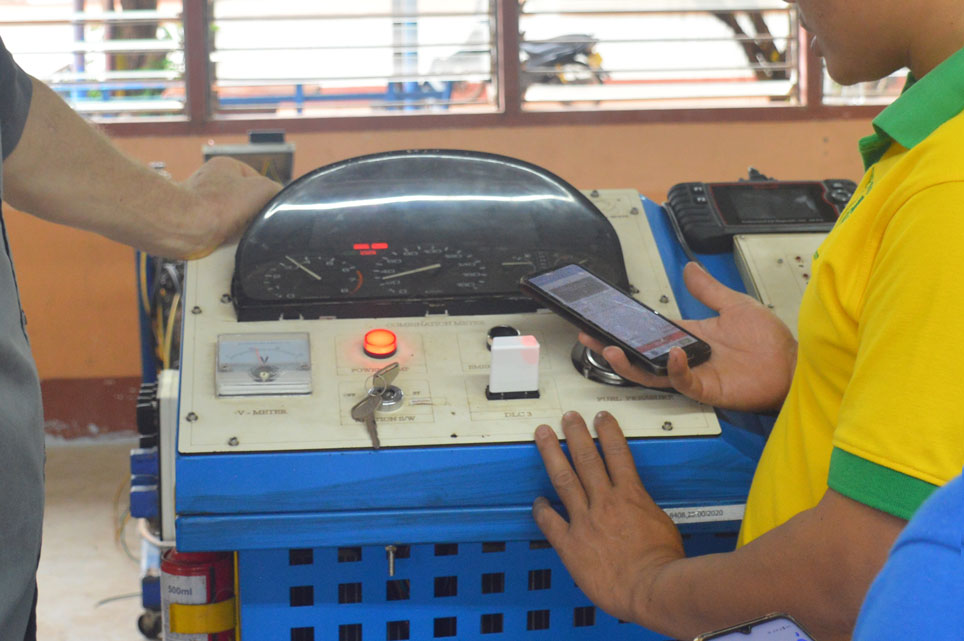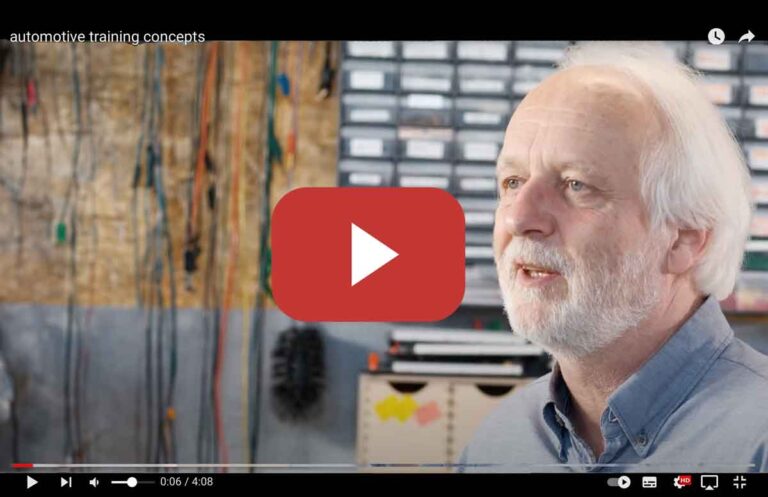achievement
Ensure high quality training material
Training should be oriented as closely as possible to the real processes in the company. A practical description of these procedures are manufacturers‘ diagnostic and repair manuals. Many of these documents are freely available on the Internet.
Exemplary training topics:
– Research and procurement of diagnostic and repair manuals
– Evaluation of manual contents for their suitability as teaching material
– Technical and content preparation (PDF, Translator)
– Future adaptation to technical progress
– Copyright
– Curriculum and syllabus analysis
– Conversion into teaching material generated from diagnosis and repair manuals
– Create and introduce extended self-developed educational material.
The fact that this approach allows schools to update and expand the material independently in the future makes this a sustainable model.
Practical & Hands-on training
In most countries, vocational school teachers are trained purely academically. In addition, practical training of students has often not been part of the curriculum so far. There is a need to develop the competence of teachers to become trainers, as these are two different professions. Then a development from practical frontal teaching to experiential learning in small groups is possible. To ensure that the teachers‘ professional and didactic gaps are not hindrances, the material and the environment must be adapted to the low entry level.

Procure & develop practical training material
Electronic and mechatronic systems are often not yet or not sufficiently anchored in motor vehicle training. The mechanical areas of training are usually sufficiently represented. Therefore, it makes sense to start improving the quality of training with these systems. The simpler systems are ABS, air bag and electric power steering systems in the basic equipment. These are also installed in electric vehicles. (Link ABS Simulator) As compact systems, they can be relatively easily built into independent teaching and training modules. One of the most complex systems are fuel injection systems (petrol & diesel) with exhaust gas cleaning. Due to electronic immobilisers, the effort to set these up as teaching and training modules is relatively high.
One goal could be to enable trainers to build high-quality training material on their own from used parts. A combination of such didactically prepared subsystems and complete vehicles is the basis for a quick and deep competence enhancement of teachers and pupils. The vehicles can be common 10-15 year old small cars with electronic injection systems and, if possible, ABS, electric power steering and airbags.

Improve and develop the technical and didactic qualifications of teachers.
Teacher-centred frontal teaching is still common in many countries, even in technical-commercial training. In addition to training in modern didactic forms of teaching, the design of the practical training material, the framework curricula and the examination can also lead to modern training that meets international standards.

Dual or Triple System?
The dual training system is often introduced in areas that are defined as trades in Germany.
The distinction between industry and trades usually does not exist in these countries. In the trades sector, we have a tripartite vocational training system in Germany. In addition to school and company, there is the ÜLU (Überbetriebliche Lehrlingsunterweisung). More complex training content, which is often not adequately covered in the company, can be taught in a practical way in very well-equipped competence centres. (In the motor vehicle sector 10×1 week).
When the dual system is newly introduced, the industry is usually not yet willing and able to carry out and finance the complete practical part of the training in the company and the competence centres. Therefore, the ÜLU concept should be implemented in the vocational schools.
